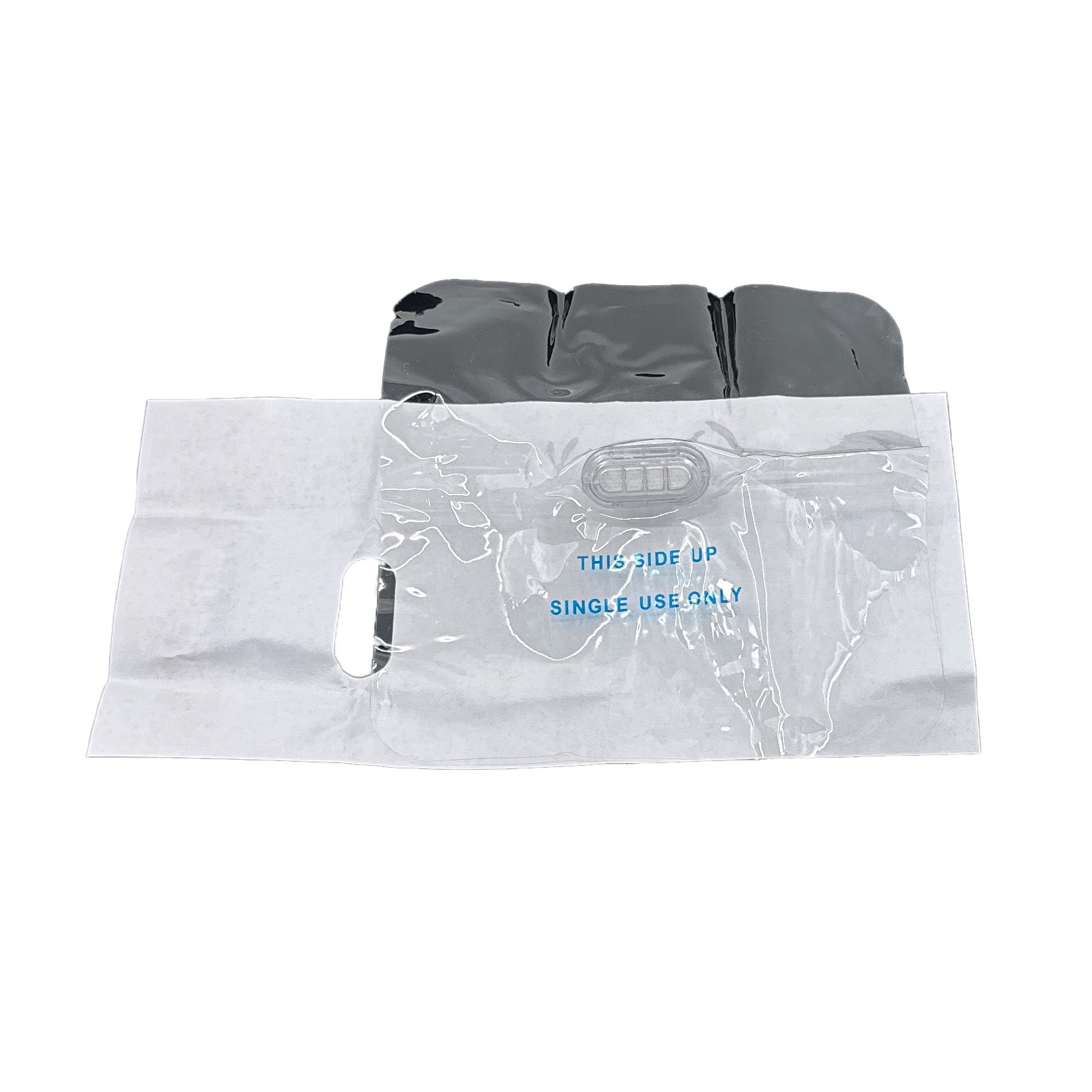Essential for Rescue Breathing
A CPR face shield is a vital tool in any first aid kit, designed to provide a barrier between the rescuer and the victim during rescue breathing, also known as mouth-to-mouth resuscitation. When someone has stopped breathing, giving rescue breaths can be life-saving. However, direct mouth-to-mouth contact can be uncomfortable and risky. The CPR face shield allows you to perform rescue breathing safely and effectively, protecting you and the person in need.
Barrier Protection
The primary purpose of a CPR face shield is to act as a barrier, preventing direct contact between the rescuer’s mouth and the victim’s mouth. This barrier is crucial for preventing the transmission of infectious diseases. By using a CPR face shield, you reduce the risk of coming into contact with potentially harmful bodily fluids, such as blood, vomit, and sputum. These fluids can carry infections, and the face shield provides protection to keep you safe.
Protecting Against Bodily Fluids
During an emergency, it’s not uncommon for the person needing help to have bodily fluids present. Blood, vomit, and sputum are just a few examples of fluids you might encounter. The CPR face shield is designed to shield you from these fluids, ensuring you can perform rescue breathing without hesitation.
- Blood: There may be blood present in situations where there has been trauma. The CPR face shield prevents blood from contacting your mouth, reducing the risk of bloodborne infections.
- Vomit: During cardiac arrest or severe trauma, a person might vomit. The face shield keeps vomit away from your mouth, making it safer and less distressing to provide rescue breaths.
- Sputum: Sputum or mucus can be present in the mouth or airways. The CPR face shield blocks sputum, ensuring you can perform mouth-to-mouth resuscitation cleanly and safely.
How to Use a CPR Face Shield
Using a CPR face shield is straightforward, but knowing the proper steps to ensure effectiveness is essential.
- Prepare the Shield: Remove the face shield from its packaging. Ensure it is unfolded and ready for use.
- Position the Shield: Place the face shield over the victim’s face. The shield should have a one-way valve or filter that aligns with the mouth. This valve allows you to breathe air into the person while preventing their breath and fluids from coming back to you.
- Perform Rescue Breaths: Pinch the victim’s nose shut, seal your lips around the valve or filter on the face shield, and give two slow breaths. Watch for the chest to rise with each breath, indicating that air enters the lungs.
- Continue CPR: Follow the standard CPR procedure, alternating between chest compressions and rescue breaths as necessary.
Compact and Portable
One of the significant advantages of a CPR face shield is its compact and portable design. These shields are typically small enough to fit in a pocket, purse, or keychain holder, ensuring you can carry them anywhere. This portability means you’re always prepared to provide safe and effective rescue breathing in an emergency.
Peace of Mind
Having a CPR face shield in your first aid kit provides peace of mind. Knowing that you have a protective barrier can give you the confidence to perform rescue breathing effectively in the critical moments when you need to act quickly. This tool protects your health and ensures that you can provide life-saving assistance to someone in need without hesitation.
In summary, a CPR face shield is an essential item in any first aid kit. It offers crucial protection for both the rescuer and the victim during rescue breathing. It acts as a barrier against bodily fluids, reducing the risk of infection and making the process safer and more comfortable. By including a CPR face shield in your emergency supplies, you are better prepared to handle life-threatening situations with confidence and care.
